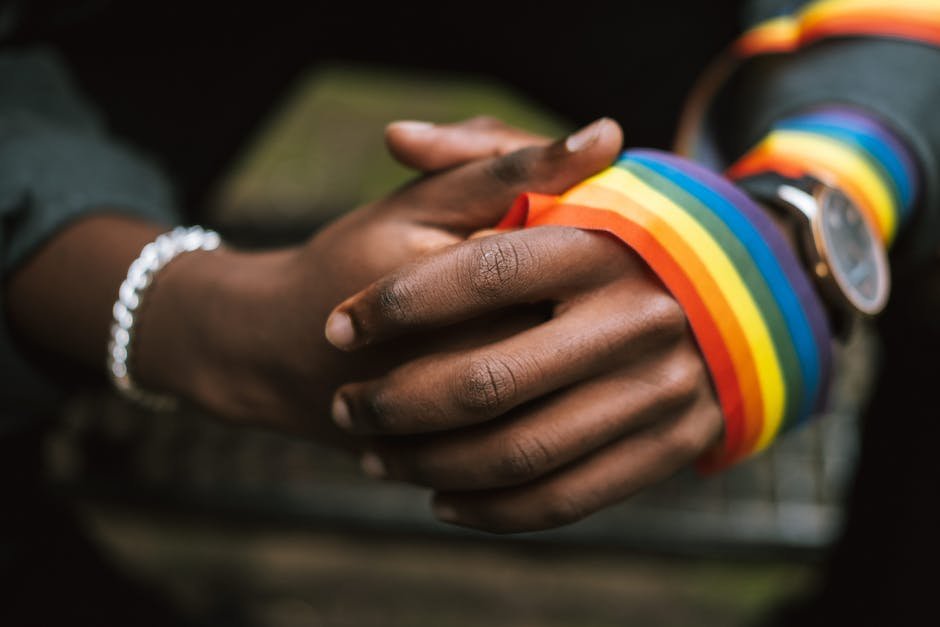There is some controversy surrounding how many mg of sodium are in one “8-gram” serving size of any food product. Some say that an 8-ounce (or 8 grams) glass of water has only 250mg of salt, while others claim it contains far more!
The reason this matters is because most foods have at least 400–500 mg of sodium per 1,000 ml (that’s about 2½ tablespoons), and people tend to eat several servings per day.
By today’s standards, that’s quite a lot of salt. For someone who is sensitive to or suffers from high blood pressure, these numbers can add up quickly.
Many junk foods are heavily salted, so choosing healthier snacks may mean looking for ones with less than 300mg of sodium per serving. You can also try buying brands that feature low-salt alternatives.
This article will compare the average amount of salt in the diet versus the average amount of salt needed to meet nutritional needs. It will then look into which foods contain the highest amounts of salt and what you as a person with a healthy diet should be aware of when eating them.
Disclaimer: The content in this article emphasizes the importance of limiting added sugars and salts in your daily diet, especially if you have health conditions like hypertension. However, we must acknowledge that not all individuals respond to dietary changes the same way.
Definition of a milligram

A milligram is one thousandth of a gram, or 0.1 grams. One mg of any substance equals one percent of a gram in weight.
That means that 1 mg of anything contains one million times more content than 100 g (one hundredths of a gram) of that same thing! In other words, there’s ten times as much chocolate chip cookie dough in one teaspoon of milk as there is milk itself.
Not only are we talking about very little amount of material, but we also have to remember that some materials weigh less than others due to their size.
For instance, while one drop of water has one mg of material in it, a tablespoon of water has twice that manymg because you are using two times the surface area to contain the liquid.
So, how do you calculate how many mg an ingredient has? It depends on what quantity of the ingredient you are looking at!
The amount of an individual compound in a given product will vary depending on the form of the product, so whether you are referring to a solid, liquid, gas, or combination thereof, you must determine how much of the pure component you need to make up your total dose.
Calculate grams and milligrams
A gram is very similar to a one-thousandth of a pound, where as a milligram is one thousandths of a gram. Both are used to describe weight. The difference is that a gram is specific for water while a milligram is not!
That means that you can use the same 1mg of caffeine to have different amounts depending on what liquid it is mixed in or if you mix it with other substances. For example, your drink may contain 250 mg of espresso so that equals 500 mg of caffeine per bottle!
Sadly, most people do not know how many grams of caffeine their drinks contain due to no standardization. There are some websites that calculate this for you but none are completely accurate.
The best way to determine how much caffeine you ingest is by simply counting up all the beverages you consume and adding it together. Unfortunately, most people don’t do this so they underestimate how much caffeine they eat!
We recommend staying under 2000 mg per day to reduce potential health risks such as heart palpitations, arrhythmias, and seizures. You also increase your risk for diabetes when you overconsume sugar.
Multiply grams by milligrams

So how many times more or less do you need to eat per pound to achieve this goal? Simply divide your total gram intake by the number of mg in an ounce. For example, if you ate 2 tablespoons (one serving) butter every day, that is two ounces of butter per person, which has 250mgs of fat in it.
Combine grams and milligrams into numbers
Combining either unit type into a number requires multiplying by 2!
So, if you wanted to know how many mg of sodium are in 1 cup (8 g) of baked potato chips, for example, you would simply multiply the amount of salt in one chip by eight to get the total amount of sodium in one serving.
The same goes for calories. To find the calorie content of one ounce (28 g) of chocolate bars, you would divide the product of weight times two by 30, which is the average number of minutes it takes your body to burn off a few calories.
This article will teach you how to calculate the exact amount of each nutrient in every food category, including carbs, protein, and fat.
Convert numbers to grams and milligrams
The number of grams in a given amount is determined by multiplying the volume of the material in question times the density of the substance. Density varies depending on the material, but most are around 0.9 g/cm3.
A gram is defined as one billionth of a kilogram or 1/1000 kg. This means that there are 1000 mg in one gram. One thousand million equals one million!
Converting into milligrams then becomes just dividing this value by how many mls each ounce contains. So, for example, if you have a bottle with 250mg in it, then 250 / 25 = 10 mls per oz so you would write 10 ml of liquid containing the said 250mg.
The term “ml” stands for milliliter which is one thousandth of a liter- making this equal to one ten-millionth of a cup.
Look up numbers in grams and milligrams
In most cases, someone is considered obese if they are at or over 300 pounds (150kg) for their body mass index (BMI). A BMI of 30 or greater indicates obesity.
A more precise way to calculate how much weight you are is using what’s called a Body Mass Index (BMI). This calculates your body fat by taking your height and weighing yourself and then multiplying that number by 7. When doing this calculation, use your best approximation of your exact weight.
For example, say you weigh 190 lbs (85 kg). Take your height and multiply it by seven; therefore, 70 times 85 equals 565. Then, divide the total weight by the total height to get your BMI value which in this case is 25.5.
Because we want to know how many mg of sodium per day one should have depending on whether they are overweight or obese, we will look into different levels of intake for people with a BMIs of less than 26 and equal to or above 26.
The national average for an adult is 2,000mg of salt per day which is why we used that as our base amount for these calculations. People who consume less than 1,500 mg of salt per day are very likely to need a second source of minerals such as potassium or calcium since their bodies cannot retain enough through diet alone.
People who eat too much salt may develop health problems related to high blood pressure such as heart disease and stroke.
Sample calculation
Let’s do an example! In our sample calculation, we will use your body weight as the measure of quantity and number lines for estimating how many mg are in eight grams.
So, if you weigh 70 kg (or about 154 pounds), then let’s calculate what amount of mg is equivalent to eight g.
First, find the average number of calories in one gram of carbs by dividing 70 kilograms by 1 kilogram = 7 kcal/kg. Then, multiply this value by the mg per calorie for each of the carbohydrates listed above to get the total amount of carbohydrate in eight grams.
Protein – You have enough protein if you meet your nutritional requirements for the day. A normal person does not need more than six grams of protein at a time unless they are training or performing strenuous activity. More than that can result in muscle wasting, so keep an eye on your diet and exercise to make sure you are getting enough protein!
Fat – We recommend staying below 300 mg of fat per day to prevent heart disease and other health conditions such as diabetes. Make smart food choices and stay within calorie limits to help achieve that goal.
Most people are aware that too much sugar can cause health problems, but few know exactly how much is considered “too much.
Tips for measuring
The most important factor in determining if an ingredient is labeled as “8 grams of chocolate chips” or just “chocolate chip” is how it is measured.
There are two main ways to measure solid ingredients like dried fruits, coconut, and cacao nibs. A common way is to weigh them, so that each 1 gram equals one unit weight. For example, if you wanted to know what amount of raisins would be the same as eight strawberries, then you could use the equation eight (strawberries) = eight (raisins) + (the leftover strawberry pieces).
The other way to measure cocoa products is by volume. One cup has 16 tablespoons, making eight grams equal eight cups — not very practical!
If you want to make sure your snacks are within limits, we recommend using the weights method to ensure accuracy. We have also included some tips below about which types of foods can contribute more to health and what too much of those foods may do.


















